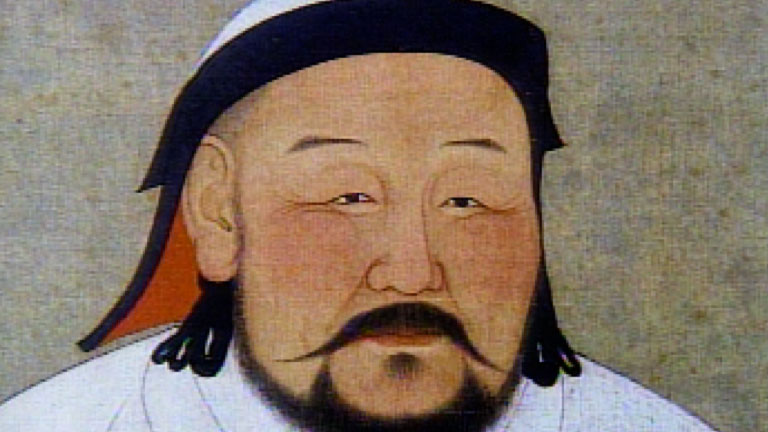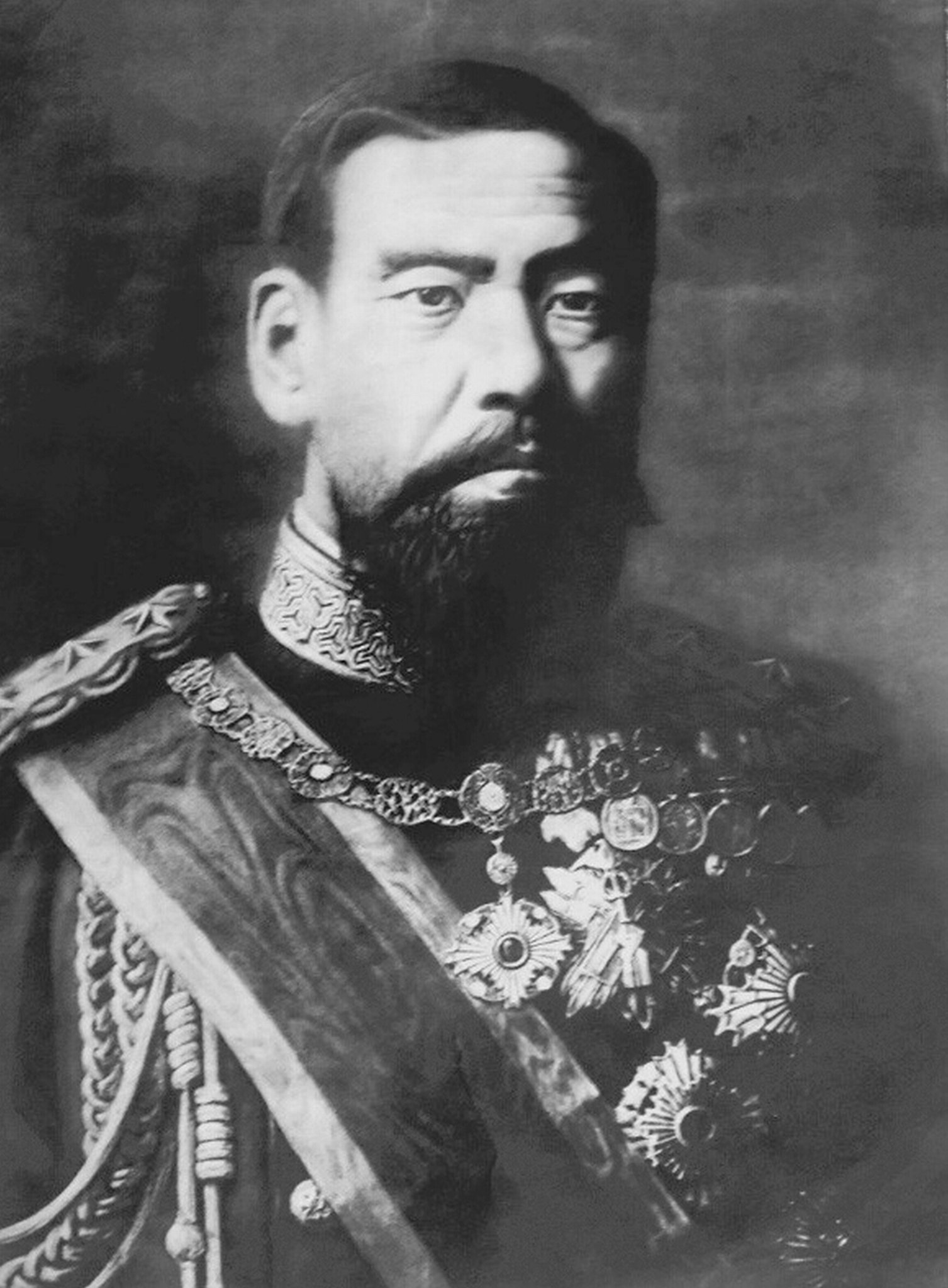Maharana Pratap the Hindu Rajput ruler of Mewar. He belongs to the Sisodia clan of Rajput. Maharana pratap is considered to exemplify qualities of bravery and Chivalry to which the Rajputs aspire, especially in the context of his opposition to the Mughal emperor Akhbar. Maharana Pratap was said to be a man of the strong Rajput Character. He was far more brave and chivalrous. He is the only ruler of India that didn’t give into Mughal rule.
Maharana Pratap was born on 9th may 1540 in Kumbhalgarh, Rajasthan. He was the son of Maharana Udai Singh II and his mother was Rani Jeevant Kanwar. Maharana Udai Singh II ruled ruled the kingdom of Mewar, with his capital of the Chittor. Maharana Pratap was destined to be the 54th ruler of Mewar in the Sisodiya Rajput. Maharana Pratap was the eldest of twenty five sons and he was given the title of crown prince.
In 1567, when Prince Pratap Singh was only of 27, Chittor was surrounded by Mughal Emperor Akhbar. Maharana Udai Singh II decided to leave the Chittor and also decided to move his family to Gogunda, rather than fight with Mughals But the young Pratap Singh wanted to stay back and wanted to fight with the mughals but his elder intervened and convinced him to leave the Chittor.
He never accepted Mughals as the ruler of his own country India. Just due to this reason he never bowed in front of Akbar and fought with him till his last breath.
Famous Battle- Haldighati:
The famous battle – Haldighati Battle is a historical event in the history of India. Haldighati battle took place in 1576. Battle of Haldighati was fought with the 20,000 Rajputs against the army of Mughals of 80,000 men which was commanded by Raja Man Singh. Army of Maharana Pratap was not defeated but Maharana Pratap was surrounded by Mughal soldiers.
Another casualty of the war was Maharana’s Pratap famous and loyal, horse Chetak, who gave up his life to save the Maharaja. Chetak was injured in the battle of Haldighati. Just to save the life of his master, he jumped over a big canal. The brave and strong Maharana cried over the death of his faithful horse but later on he constructed a beautiful garden at that place where the Chetak had breathed last. After this Akbar himself attacked Maharana Pratap but after 6months fighting, Akbar could not defeated Maharana Pratap and went back to Delhi. In year 1584, Akbar sent another great warrior Jagannath with the huge army to Mewar. He tried relentlessly for 2 years then also he was not able to catch Rana Pratap.
In this battle of Haldighati, Maharana Pratab was supported by the bhil tribes of the nearby area. This contribution of the bhil tribe in battle is still remembered till date and given an honor by the Rajputs of Mewar regimen. Also, this battle is considered to be the first milestone of the victory over Mughal emperor.
Maharana Pratap died at the age of 27 in year 1597 due to the multiple injuries in an accident. In his life the main goal of Maharana Pratap was not to surrender in the front of Mughals. Even while lying in the lap of death Maharana Pratap made his son and successors swear to maintain the eternal conflict against the Mughal Emperor.
Maharana Pratap is the great model of freedom fighter, bravery and patriotism against the Mughal ruler in India. It is just because of this brave freedom fighter, Mewar got appreciation and honor to be the only kingdom to get merged with its state in the Independent India.
Maharana Pratap lived his whole life with the courage and he never bowed down in front of any situation. He died in fighting for his own nation, for his people and importantly for his honor.
Maharana Pratap was born on 9th may 1540 in Kumbhalgarh, Rajasthan. He was the son of Maharana Udai Singh II and his mother was Rani Jeevant Kanwar. Maharana Udai Singh II ruled ruled the kingdom of Mewar, with his capital of the Chittor. Maharana Pratap was destined to be the 54th ruler of Mewar in the Sisodiya Rajput. Maharana Pratap was the eldest of twenty five sons and he was given the title of crown prince.
In 1567, when Prince Pratap Singh was only of 27, Chittor was surrounded by Mughal Emperor Akhbar. Maharana Udai Singh II decided to leave the Chittor and also decided to move his family to Gogunda, rather than fight with Mughals But the young Pratap Singh wanted to stay back and wanted to fight with the mughals but his elder intervened and convinced him to leave the Chittor.
He never accepted Mughals as the ruler of his own country India. Just due to this reason he never bowed in front of Akbar and fought with him till his last breath.
Famous Battle- Haldighati:
The famous battle – Haldighati Battle is a historical event in the history of India. Haldighati battle took place in 1576. Battle of Haldighati was fought with the 20,000 Rajputs against the army of Mughals of 80,000 men which was commanded by Raja Man Singh. Army of Maharana Pratap was not defeated but Maharana Pratap was surrounded by Mughal soldiers.
Another casualty of the war was Maharana’s Pratap famous and loyal, horse Chetak, who gave up his life to save the Maharaja. Chetak was injured in the battle of Haldighati. Just to save the life of his master, he jumped over a big canal. The brave and strong Maharana cried over the death of his faithful horse but later on he constructed a beautiful garden at that place where the Chetak had breathed last. After this Akbar himself attacked Maharana Pratap but after 6months fighting, Akbar could not defeated Maharana Pratap and went back to Delhi. In year 1584, Akbar sent another great warrior Jagannath with the huge army to Mewar. He tried relentlessly for 2 years then also he was not able to catch Rana Pratap.
In this battle of Haldighati, Maharana Pratab was supported by the bhil tribes of the nearby area. This contribution of the bhil tribe in battle is still remembered till date and given an honor by the Rajputs of Mewar regimen. Also, this battle is considered to be the first milestone of the victory over Mughal emperor.
Maharana Pratap died at the age of 27 in year 1597 due to the multiple injuries in an accident. In his life the main goal of Maharana Pratap was not to surrender in the front of Mughals. Even while lying in the lap of death Maharana Pratap made his son and successors swear to maintain the eternal conflict against the Mughal Emperor.
Maharana Pratap is the great model of freedom fighter, bravery and patriotism against the Mughal ruler in India. It is just because of this brave freedom fighter, Mewar got appreciation and honor to be the only kingdom to get merged with its state in the Independent India.
Maharana Pratap lived his whole life with the courage and he never bowed down in front of any situation. He died in fighting for his own nation, for his people and importantly for his honor.







